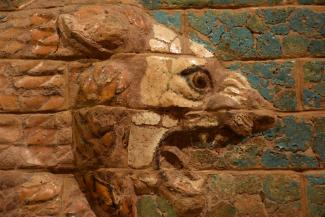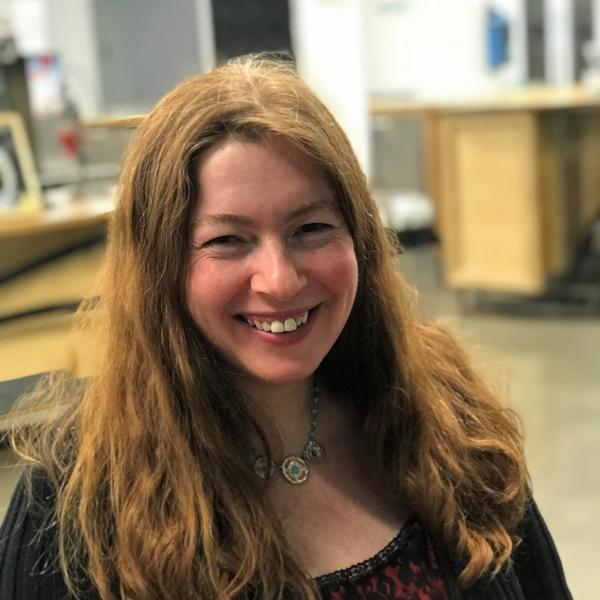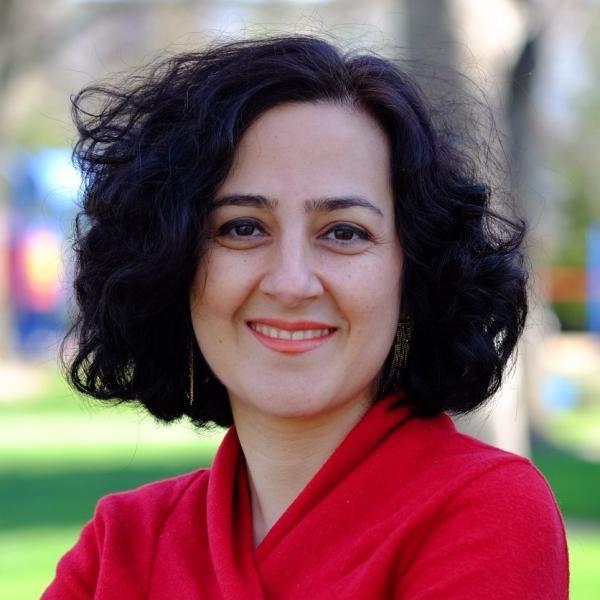
The languages and civilizations of the Near East have been a major part of the University of Chicago's teaching and research commitment since its inception. Currently, the Department of Middle Eastern Studies continues this tradition through its interdisciplinary scholarship created by philologists, linguists, archaeologists, anthropologists, historians, students of religion and law, and others. The Department of Middle Eastern Studies offers academic opportunities for students to take coursework in: History and Culture, Language and Literature (including Linguistics), Intellectual History, and Art and Archaeology.
While MAPH students can take coursework through the department, students should determine if MAPH or the MA Program in Middle Eastern Studies offered through the Center for Middle Eastern Studies (CMES) may be a better fit. If you have questions, we recommend you contact MAPH and CMES to discuss your options.
Selected Faculty
Sample Courses
NEHC 30024 - Everyday Life in the Early Islamic Period (Cecilia Palombo)
How did people live in the early Islamic period? How did they work and study? What do we know about their relations with family members, loved ones, and neighbors? How did they relate to the administration and to people who ruled them? Did they get together to celebrate religious festivals? Did they have parties? What sources do we have to learn about their habits, routines, and feelings? What can we learn about every-day struggles, and how much do these differ from our own? This course aims to introduce undergraduate and early graduate students to the study of social history through a combination of literary and documentary sources from the early centuries of Islam.
NEAA 30610 - From Ground to Gallery: Visual Culture of the Ancient Near East (Kiersten Neumann)
This course explores the ancient art and architecture of Western Asia and North Africa-a corpus that includes the palaces, temples, ziggurats, carved reliefs, royal images, votive statues, cylinder seals, and cuneiform tablets crafted of clay, rock, semi-precious stones, metals, ivory, and pigments of Mesopotamia, Persia, Syro-Anatolia, the Levant, and Egypt dating from ca. 3500 to 330 bce. In addition to formal and stylistic qualities, we will consider craftsmanship and creative practices, the cultural value of raw materials, life histories and modes of circulation, interactive and experiential potential, social and political contexts and the reception and treatment of these works of art in a modern context, including museum spaces.
NEHC 30212 - Introduction to Egyptian Religion and Magic (Foy Scalf)
Why did the Egyptians wrap mummies in linen? Did they believe in a human soul? How did they envision life after death? Who was Osiris? This course will seek answers to those (and other) questions through an introduction to the religious beliefs and practices of the ancient Egyptians. Each week we will cover a thematic topic with readings, lectures, and discussions. Focus will be placed on trying to understand ancient Egyptian perspectives in order to evaluate popular mischaracterizations. Students will get the chance to investigate ancient Egyptian creation accounts, the pantheon of gods, the role of humans, conceptions of the afterlife, the mysteries of Osiris, ritual practices, and domestic religion while applying what they learn to portrayals found in popular media such as The Mummy films, pulp fiction, and scifi horror.
NEHC 30290 - Media and Social Change in the Middle East (Thomas Maguire)
Media are commonly viewed as catalysts of social change, particularly in reference to recent uprisings in the Middle East. This course will consider how scholars have assessed the relationship between media and social change from the early diffusion of mass communication in the mid-twentieth century to the contemporary world of social media.
A complete listing of offerings is available at the Department’s course page.
Middle Eastern Studies Specialization
The Middle Eastern Studies Specialization allows students to structure their coursework and thesis around the study of the Middle East within MAPH. Students who complete the following requirements will receive a Middle Eastern Studies Studies transcript notation:
For Ancient Studies:
- MAPH Core Course (Foundations of Interpretive Theory)
- 3 graduate-level MES archaeology courses
- 2 or 3 graduate-level MES ancient language courses (I and II, possibly III of an intro sequence)
- One of the following:
- If taking 2 language classes: 3 electives; or 2 electives and a thesis
- If taking 3 language classes: 2 electives; or 1 elective and a thesis
For Modern Studies:
- MAPH Core Course (Foundations of Interpretive Theory)
- 4 graduate-level MES electives or 3 electives and a thesis
- The thesis would be on a topic related to the Middle East and supervised by MES faculty or someone approved by MES
- If a student takes the language option, the language will need to be one taught at MES
Please direct any questions you may have about specializing in Middle Eastern Studies to maph-support@uchicago.edu.
Recent Near Eastern Languages and Cultures Thesis Projects
"“Heart,” “Mind,” and Behavioral Causation in the Songs of Sinuhe"
Boban Dedovic, MAPH '20
Advisor: Janet Johnson
"Inherited Statelessness: Becoming Armenian within Fractured Sites of Cultural Awareness"
Meagan Toumayan, MAPH '20
Advisor: Hripsime Haroutunian
"Against the Trope of the Veil: Rereading Metaphors of Virginity in Shahrnoush Parsipour’s Women Without Men"
Mandana Naviafar, MAPH '19
Advisor: Franklin Lewis



